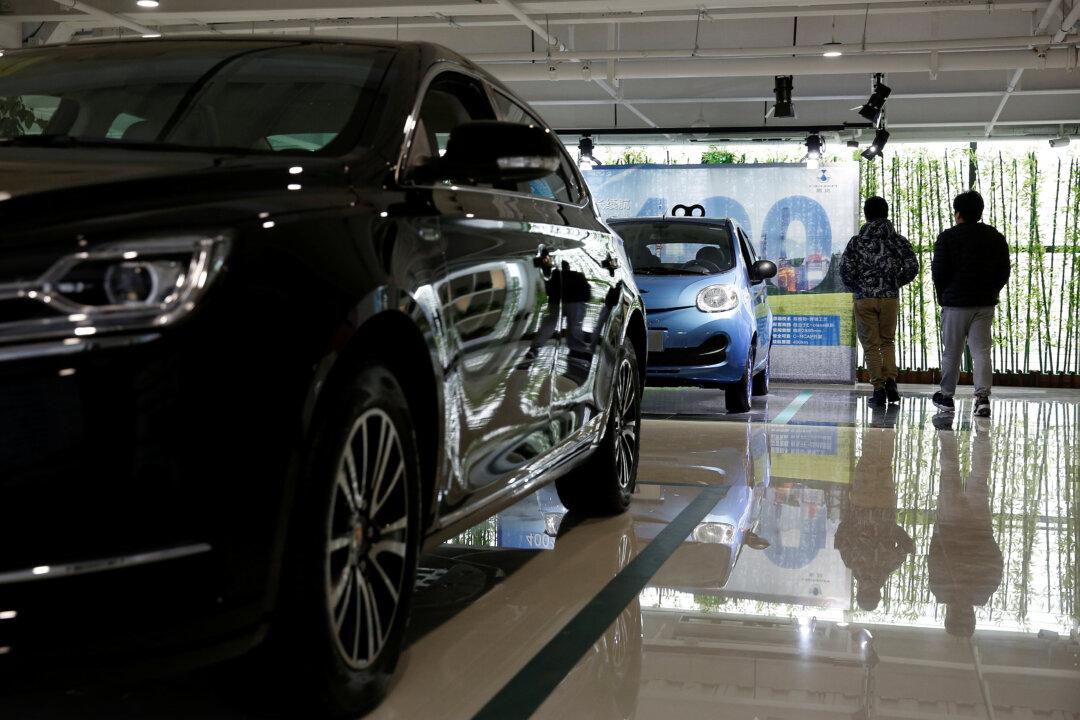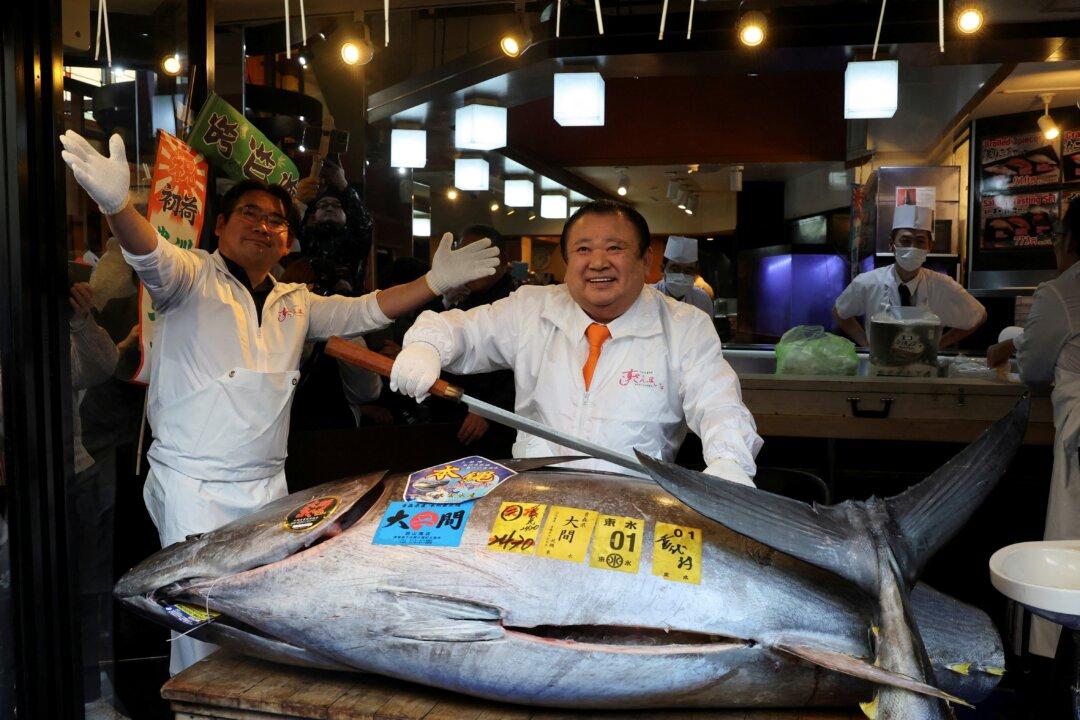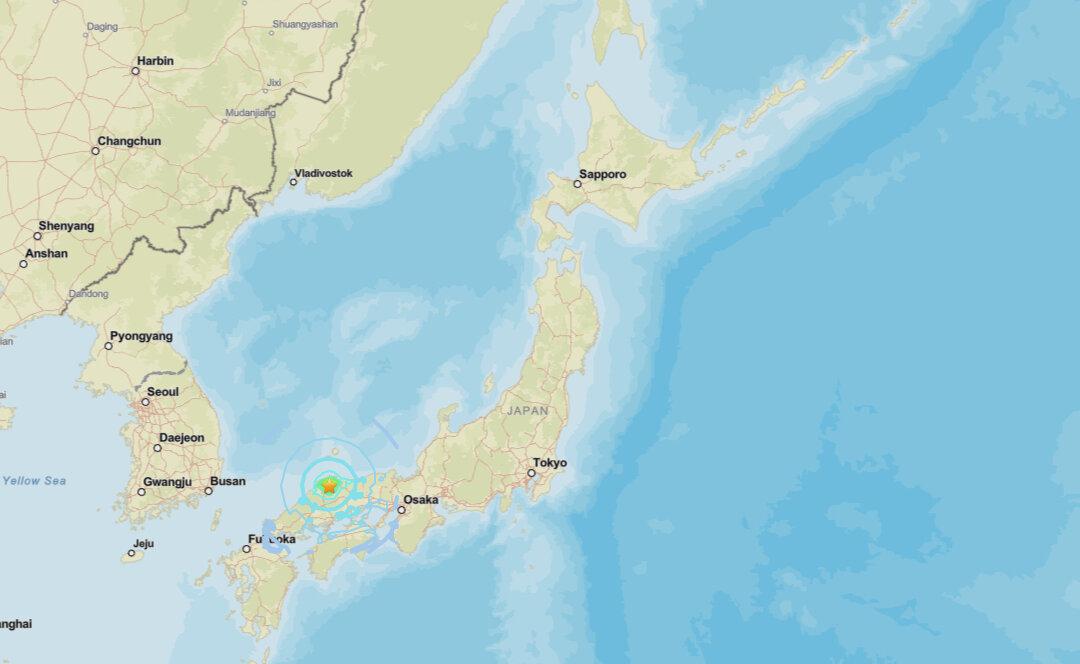BEIJING/SHANGHAI–China’s auto sales could experience negative to low growth over the next three years, an official with the country’s top industry association said, after sales fell for a 14th consecutive month in August.
The number of new energy vehicles (NEVs) sold contracted for the second month in a row, data from the China Association of Automobile Manufacturers (CAAM) showed.





